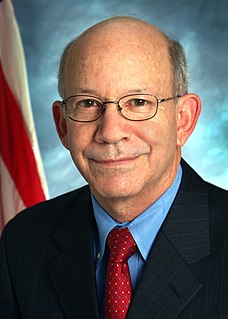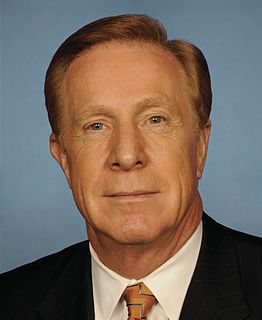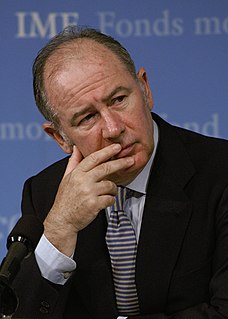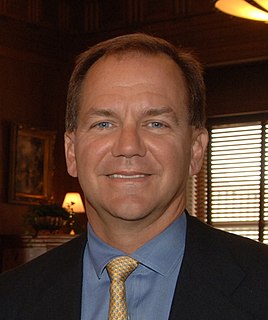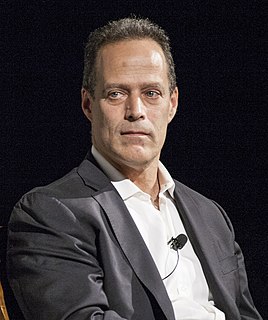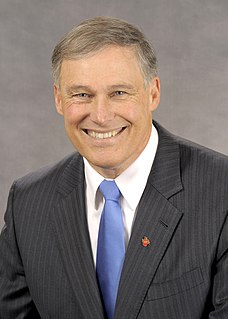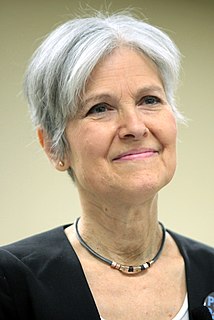A Quote by Peter DeFazio
In crude oil trading, we have seen a 46 percent increase over 1 year in the margins there.
Related Quotes
About 75% of the price of gas is really dictated by crude oil. At the heart of the issue is increasing demand over a period of many years around the world. World crude oil consumption now is close to 90 million barrels a day. Most of the growth in demand is coming from China and the developing world.
We passed law that encouraged consumption through different purchasing habits like, you know, hybrid vehicles. You buy hybrid, you get a tax credit. We've encouraged the spread of ethanol as an alternative to crude oil. We have asked for Congress to pass regulatory relief so we can build more refineries to increase the supply of gasoline, hopefully taking the pressure off of price. And so the strategy is to recognize that dependency upon crude oil, in a global market, affects us economically here at home. And, therefore, we need to diversify away as quickly as possible.
Don’t ever average losers. Decrease your trading volume when you are trading poorly; increase your volume when you are trading well. Never trade in situations where you don’t have control. For example, I don’t risk significant amounts of money in front of key reports, since that is gambling, not trading.
There is some evidence that average wave heights are slowly rising, and that freak waves of eighty or ninety feet are becoming more common. Wave heights off the coast of England have risen an average of 25 percent over the past couple of decades, which converts to a twenty-foot increase in the highest waves over the next half century. One cause may be the tightening of environmental laws, which has reduced the amount of oil flushed into the oceans by oil tankers.
